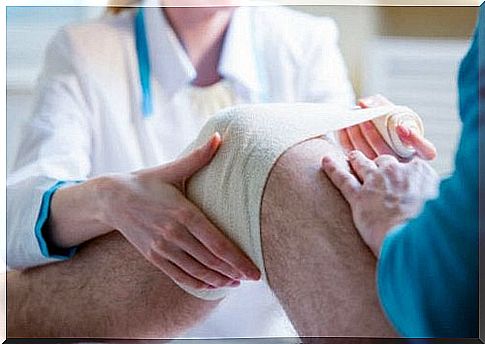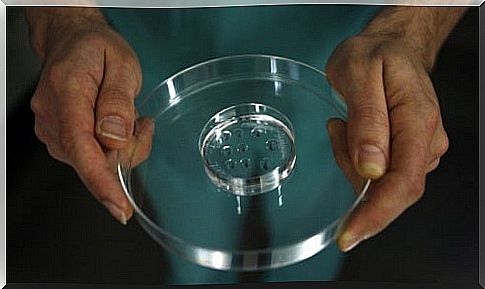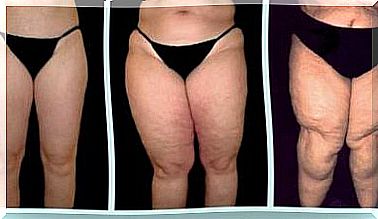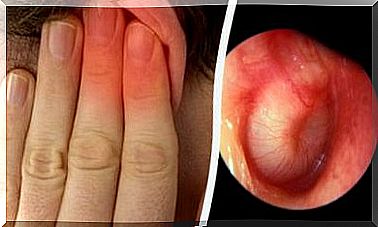New Development: Dressing With Stem Cells For Knee Injuries
Stem cells can help to heal injured tissue faster in knee injuries.

Stem cells are the hope for new, promising therapies against a wide variety of diseases.
Researchers have now developed a special dressing that could help heal injuries to the knee better and faster in the future.
What are stem cells?
Stem cells are body cells of living beings (including plants!) That can develop from body tissue in any way. Stem cells can form so-called “sister cells”, which have the same properties as the cell that emerges from them.
Embryonic stem cells (i.e. those from which an embryo develops) can be developed into a wide variety of cell types, at least in the laboratory.
It has already been possible to generate nerve cells from such mouse cells.
The researchers hope that in the future they will be able to use stem cells to grow new body tissue, including for humans, in order to cure serious diseases.
Heart muscle cells against heart disease, nerve fibers against paraplegia or a use in therapy against Parkinson’s disease are under discussion.

Research and legal situation
Research with and on stem cells is highly controversial.
The European Court of Justice has ruled, for example, that human embryonic stem cells, for the extraction of which one has to destroy human embryos, are not allowed because they have to destroy human life.
In Germany, the law also forbids killing, cloning or producing human embryos for research purposes in order to obtain cells.
Curiously, however, research on imported cells is possible under strict conditions and requirements.
In contrast to this, however, the cultivation and cloning of embryonic stem cells for research purposes is permitted in Great Britain, which is why it is not surprising that the latest invention in this area of research also comes from there. The knee bandage with stem cells.
Association with additional function
A bandage usually protects an injury from stress, external influences, dirt and thus inflammation.
A bandage has not yet been able to actively bring about healing. Now researchers from Liverpool and Bristol have succeeded in inventing just that. A bandage that stimulates the self-healing powers and creates new tissue.
The researchers’ idea was based on the problem that many, especially active people and athletes, have the meniscus removed when the meniscus ruptures because there is little chance of healing, especially in areas of the meniscus that are poorly or not supplied with blood.
The researchers’ idea was to use the body ‘s own stem cells to enable the body to produce meniscus cells itself and to incorporate them into the injury in order to heal it.

The bandage goes into the knee
The bandage is not a classic bandage made of a gauze or elastic bandage. It’s about a wafer-thin membrane that is placed in the knee directly on the injured area.
The core function of the so-called “living bandage” consists of stem cells from the injured person, which were obtained from the patient’s bone marrow and then multiplied for two weeks for this purpose.
These stem cells are then applied to the membrane and this is placed in the knee on the injured area on the meniscus.
So far, the bandage has only been tested on five people, of whom three had regained their full knee function after a year: the meniscus had grown back and the knee had completely healed.

Future of the living association
The positive results encouraged the researchers to further research and develop the “living union”.
A previous disadvantage of the method is that people with knee injuries first need an initial operation in order to take over the bone marrow required to grow the stem cells in the first place.
In a second operation, two weeks after the first at the earliest, the increased stem cells applied to the membrane are then placed on the injured tissue in order to stimulate cell growth there.
According to the researchers, two operations are actually unnecessary. But only if there were enough donors who would make their bone marrow available for research and medicine for this purpose.
This can completely rule out the costs and health risks of these first of two operations. Hopefully the research in this area will continue!









